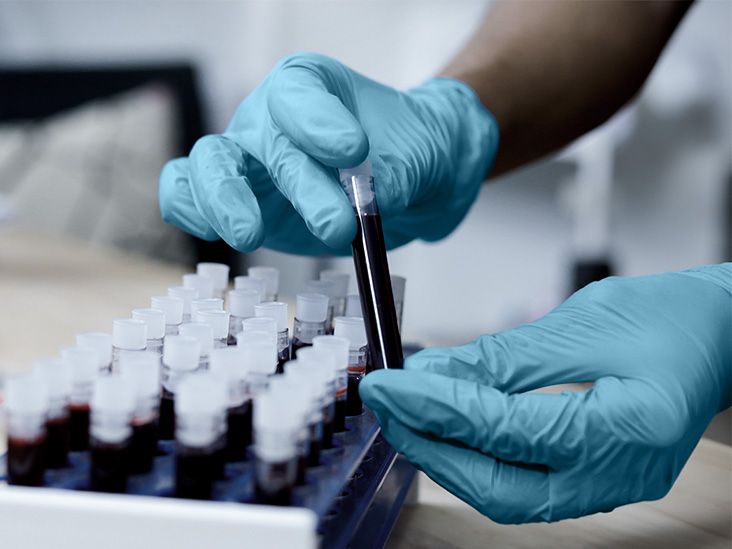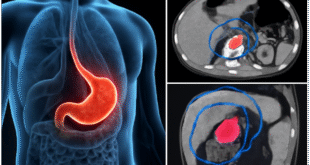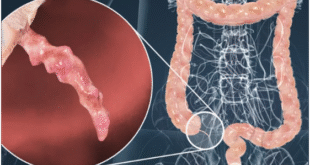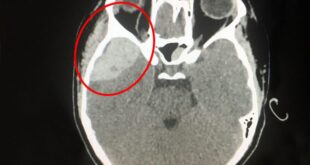Một nghiên cứu mới đã phân tích mẫu máu từ các bệnh nhân mắc phải long COVID và người khỏe mạnh. Kết quả cho thấy sự mất cân bằng trong hệ thống miễn dịch và hệ thống đông máu ở những người mắc long COVID sau 6 tháng. Sự thay đổi trong các phân tử này có thể dự đoán khả năng tiếp tục các triệu chứng của long COVID và có thể được sử dụng để phát triển các công cụ chẩn đoán. Sự mất cân bằng này cho thấy rằng các liệu pháp nhắm vào hệ thống miễn dịch và hệ thống đông máu có thể giúp điều trị long COVID.

Dysregulation of the immune system and blood clotting pathways may be the reason why long COVID persists in some individuals, according to a recent study. Long COVID refers to the lingering symptoms experienced by 10-20% of individuals after a SARS-CoV-2 infection, such as muscle weakness, fatigue, and brain fog. Despite the debilitating nature of long COVID, there is currently a lack of diagnostic tests and therapeutic tools available.
The study analyzed blood samples from both long COVID patients and healthy individuals. The researchers found that individuals with long COVID symptoms at six months showed dysregulation in the complement pathway, a part of the immune system, as well as the blood clotting pathways. Changes in certain molecules in these pathways were predictive of the persistence of long COVID symptoms at both six and twelve months. This indicates the potential utility of these measures in developing diagnostic tools for long COVID.
The dysregulation of the immune and blood clotting pathways suggests that therapies targeting these pathways could help treat long COVID. While therapeutic interventions with coagulation and complement inhibitors in acute COVID-19 have produced mixed results, the specific pathological features of long COVID suggest potential interventions for further testing.
Previous studies have also shown immune system dysregulation in individuals with long COVID. This study further examined changes in the immune system associated with long COVID at six months. The study included 113 individuals with confirmed SARS-CoV-2 infection and 39 healthy participants. Out of the 113 participants, 40 had persistent symptoms at the six-month follow-up visit.
Serum samples were collected from the participants during the acute phase of infection and six months later. These samples were used to quantify changes in over 6,500 proteins. The researchers found that individuals with long COVID symptoms at six months showed changes in serum proteins related to the complement system compared to healthy individuals or those without long COVID. The complement system is part of the innate immune system and helps defend against germs. Activation of the complement pathway can lead to tissue damage.
The study also found increased activation of the complement pathway and formation of the terminal complement complex in patients with long COVID. Additionally, individuals with long COVID showed increased expression of molecules involved in forming the terminal complement complex via the activation of the classical and alternative pathways. Furthermore, patients with long COVID had lower levels of antithrombin III, an enzyme that inhibits thrombin, which promotes blood coagulation. These changes suggest a cooccurrence of inflammation and thrombosis, referred to as thromboinflammation, in individuals with long COVID.
The dysregulation of the complement system and coagulation system in long COVID patients highlights the need for cardiovascular health assessment. Changes in specific complement protein levels, coagulation system biomarkers, age, and body mass index were found to predict long COVID at both six and twelve months.
In conclusion, the dysregulation of the immune system and blood clotting pathways may contribute to the persistence of long COVID symptoms. These findings suggest the potential for developing diagnostic tools and targeted therapies for long COVID. By understanding the mechanisms underlying long COVID, researchers can work towards alleviating the debilitating symptoms experienced by individuals with this condition.
Hỏi đáp về nội dung bài này
1. Tại sao có một sự thiếu hụt về các công cụ chẩn đoán và điều trị cho long COVID?
– Long COVID là một bệnh lý nghiêm trọng nhưng hiện vẫn chưa có các bài kiểm tra chẩn đoán và công cụ điều trị cho long COVID.
2. Nghiên cứu mới nhất đã phân tích mẫu máu từ bệnh nhân long COVID và những người khỏe mạnh, kết quả như thế nào?
– Nghiên cứu cho thấy sự rối loạn của hệ thống bổ sung và hệ thống đông máu trong cơ thể người bị long COVID trong vòng 6 tháng.
3. Những thay đổi trong các hệ thống miễn dịch và đông máu này có thể dự đoán được sự tồn tại của các triệu chứng long COVID không?
– Các thay đổi trong các hệ thống miễn dịch và đông máu này có thể dự đoán được sự tồn tại của các triệu chứng long COVID trong vòng 6 và 12 tháng, đồng thời gợi ý về khả năng sử dụng chúng để phát triển các công cụ chẩn đoán cho long COVID.
4. Các liệu pháp nhắm mục tiêu vào các hệ thống miễn dịch và đông máu này có thể giúp điều trị long COVID không?
– Rối loạn các hệ thống miễn dịch và đông máu này gợi ý rằng các liệu pháp nhắm mục tiêu vào chúng có thể giúp điều trị long COVID.
5. Bao nhiêu phần trăm người mắc nhiễm SARS-CoV-2 có triệu chứng kéo dài sau 3 tháng sau khi triệu chứng xuất hiện?
– Khoảng 10%-20% người mắc nhiễm SARS-CoV-2 có triệu chứng kéo dài sau 3 tháng sau khi triệu chứng xuất hiện, được gọi là long COVID.
Nguồn thông tin được tham khảo từ trang web: medicalnewstoday, Study reveals potential cause of prolonged symptoms
Nội dung được biên tập, sáng tạo thêm bởi: Ban biên tập Ykhoa. org
 Y khoa Diễn đàn Y khoa, y tế sức khoẻ, kiến thức lâm sàng, chẩn đoán và điều trị, phác đồ, diễn đàn y khoa, hệ sinh thái y khoa online, mới nhất và đáng tin cậy.
Y khoa Diễn đàn Y khoa, y tế sức khoẻ, kiến thức lâm sàng, chẩn đoán và điều trị, phác đồ, diễn đàn y khoa, hệ sinh thái y khoa online, mới nhất và đáng tin cậy.







